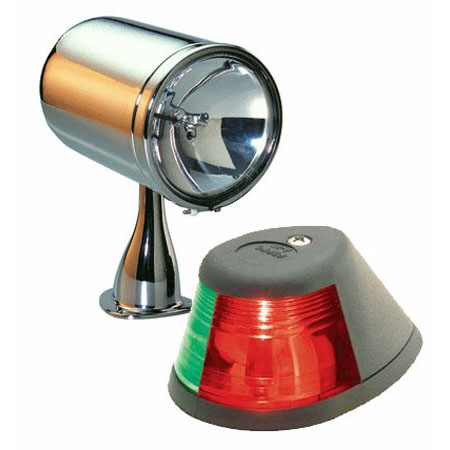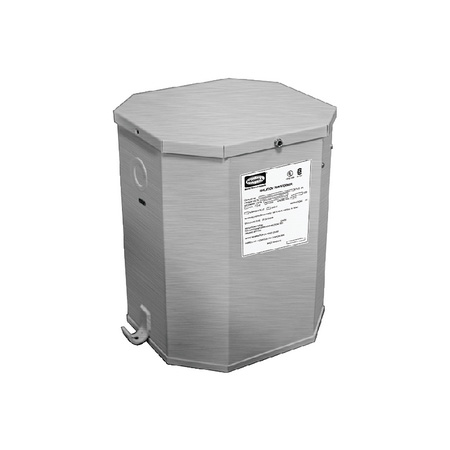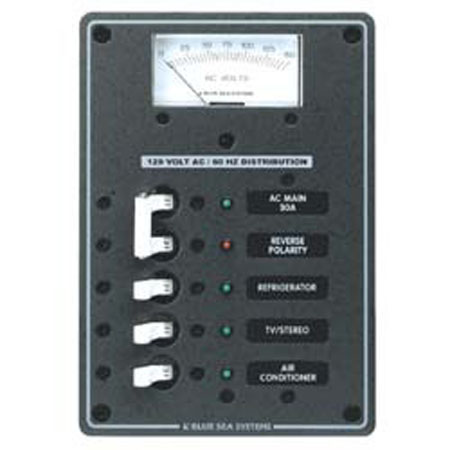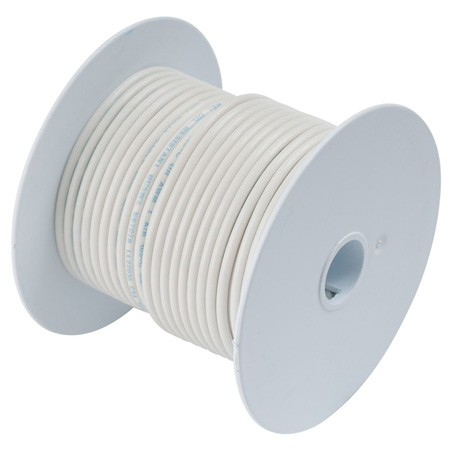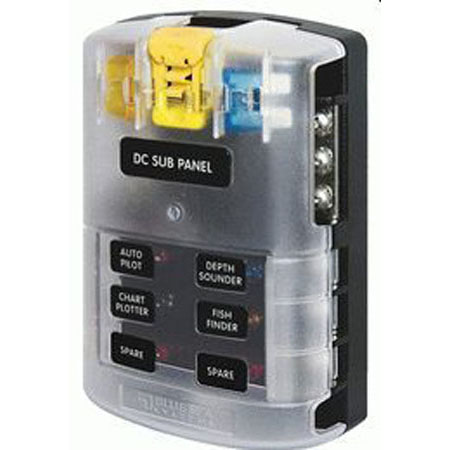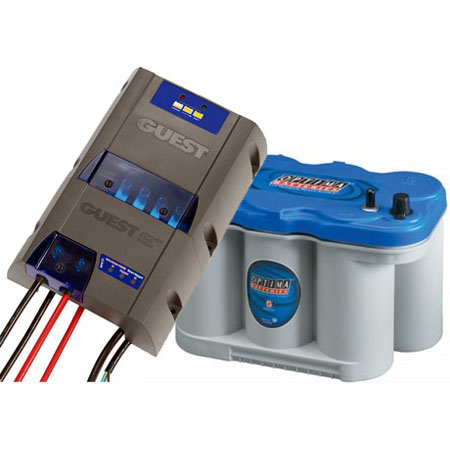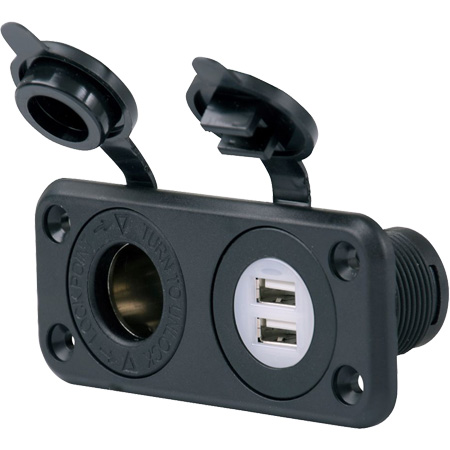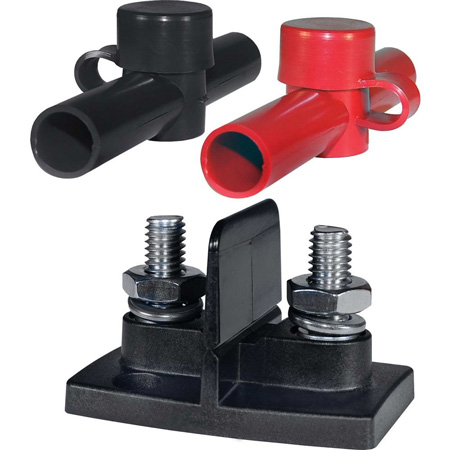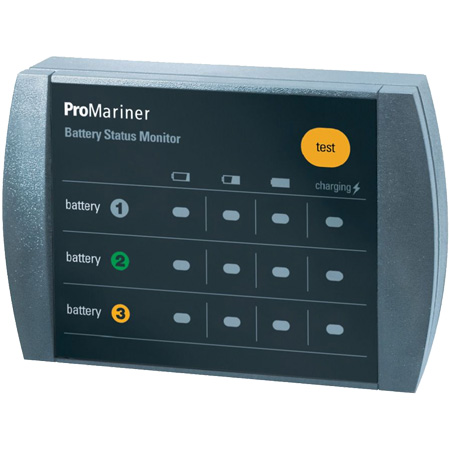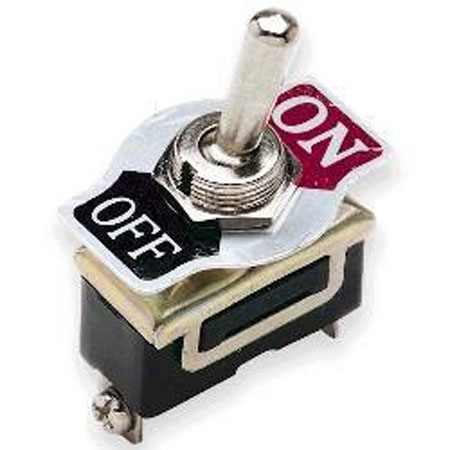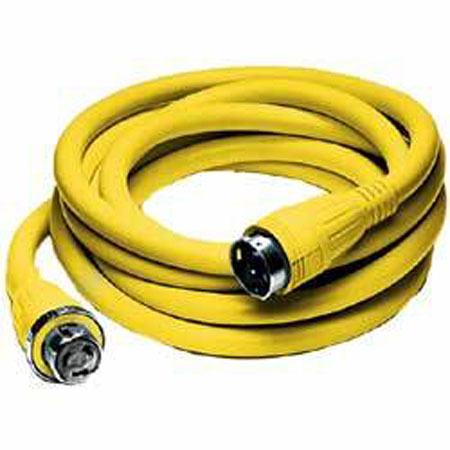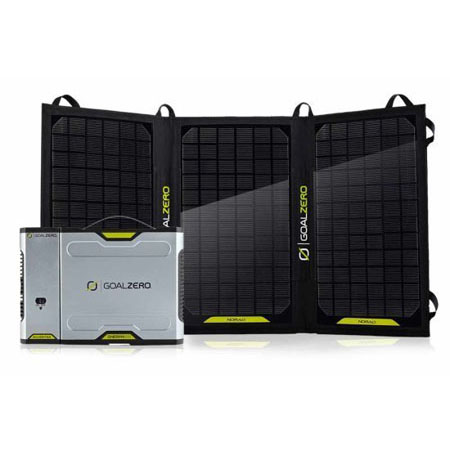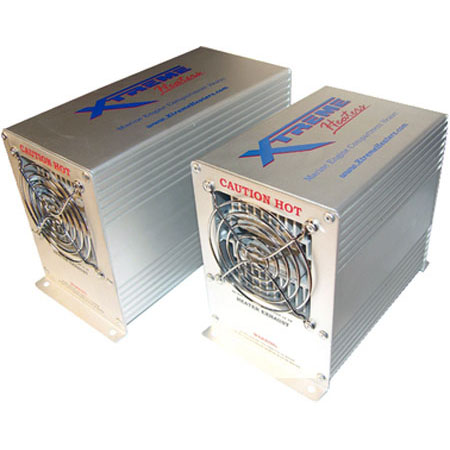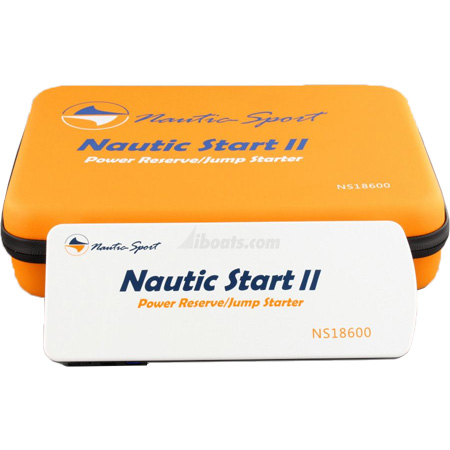Electrical
About Marine Electrical
The harsh marine environment is undoubtedly hardest on a boat's sensitive electrical system; a good reason to never settle for anything but the best marine-grade electrical components and parts. Thanks to the our wide selection, great prices, and quality products from trusted brands such as Attwood, SeaSense, Innovative, Aqua Signal, Perko, Blue Sea Systems, and more, our electrical category is heaven to all our DIY customers looking to do the job only once. We carry every type of boat navigation light, over 9 different categories of electrical switch types, and many options for fuse and busbar blocks, circuit panels and breakers, and battery terminals. You can be confident in getting quality and selection with fast shipping on all the marine electrical parts and accessories you need for your boat.
Marine Electrical How-Tos
Different Types Of Boat Electrical Parts
The joy or fun of boating is ability to operate a watercraft in the most efficient manner. Although many boats come with the essentials, you may need to upgrade some parts if you are seeking maximum satisfaction. In addition, the various boat electrical parts need to be replaced in case of fault or aging.
Some of the electrical parts that will be found in most vessels consist of the following:
Marine Boat Lights
Proper lighting is necessary if activities are to progress on smoothly without unnecessary interruptions. There are varied types of marine boat lights. Each type will be suited for a particular application. For instance, underwater lights are used to attract fish, spreader lights illuminate the deck as well as the water, and deck lights are fixed on the deck, while LED strips or ribbons are used in tight corners or for ornamental purposes.
Marine Battery Chargers, Batteries & Accessories
The boats power source should always be given priority. This is the heart of the operations in the vessel. A boat's battery supplies power to various instruments, electronics and other accessories. Battery chargers are used to charge the boat's batteries. A power cord running from the boat to an offshore power source is used while the boat is docked at the marina.
Boat Wiring & Cable
One area of the boat that is usually overlooked is the wiring and cabling. Boaters will let the cables hang loose, fray or even become exposed. Some will also opt for low-quality replacements instead of top notch wires and cables. This will place more strain on the connections as well as the battery or power system. Heavily insulated or marine grade wires are the most suitable.
Marine Electrical Panels & Circuit Breakers
Electrical panels are the points where the electrical connections intersect. A good panel needs to have additional slots where extra connections can be made. It should also be made from durable and heat resistant material. Circuit breakers should also feature in a mariners list of boat electrical parts. The breaker cuts off power supply when it senses an electrical overload or short-circuiting.
Marine Shore Power & AC Distribution
While docked at the harbor, a boat may access the offshore power through connections placed at the dock. The AC power is used to power the boat as well as charge the batteries inside the boat. It's important to make sure the connectors at the port are compatible with the boat system. The cabling also needs to be of high quality to avoid short-circuiting which may damage the boat. While using the offshore power, it's always advisable to disconnect other appliances.
Marine Electrical Terminals
Electrical terminals are the points where electrical connections meet. This point will usually handle high voltages and current. Poor connections may lead to leakage of current and electricity as well as overheating. BusBars which are flat or hollow strips are usually placed in points that have many connections. They allow easy and safe connections without compromising electricity flow.
Marine Electrical Meters
Different types of meters will be found on the boat. Some will come as standard features while other may be added later by the boat owner. Common types include a voltmeter which measures electricity/power in volts, ammeter (measures electrical current in amps), oil pressure meter, vacuum gauge and many more. Whether repairing, upgrading or installing, always go for a quality meter.
Marine Fuse Blocks, BusBars & Terminal Blocks
Overloading the system, technical fault, natural catastrophe, or accident may affect the electrics hence damaging essential components and electronics. This can be avoided by using fuse blocks which burnout and cutoff the power. Terminal blocks allow the disconnections of multiple circuits. BusBars are used in areas where high current is prevalent. They allow easy dissipation of heat. You should replace the boat electrical parts with the same type and quality.
Marine Engine Instrumentation & Gauges
To monitor the boat's performance, marine gauges and instruments are used. They gauges will measure temperature, electricity, pressure and more. Instruments are used to check the weather, gauge, direction, wind speeds, marine life and more. An aging instrument or gauge may start giving unreliable information hence needs to be replaced immediately.
Boat Heating & Air Conditioning
Different weather and climate may affect the temperature on the boat. It can either be too cold or hot. A good heating system will come handy in the cold while an air-conditioning unit is effective in the hot temperatures. The best accessory should be energy efficient, easy to install, and also environmentally friendly.
Marine Switches - Battery, Ignition, Rocker & Toggle
The electrics in a boat have to be in ship-shape. This is the only way to maximise efficiency and minimize wastage and cost. The battery, switches, toggles, cam switches, rockers and sockets should work in harmony. A faulty part affects other parts. For example, a bad switch will inhibit the flow of electricity or current from the battery to the power sockets.
Marine DC Power Plugs & Sockets
Many boats especially the small and mid-size vessels operate on direct current (DC). The voltage will come as 12, 24 or 36 volts. The electrical system consists of wires, plugs and sockets. Plugs attach to the devices or electronics while sockets are fixed on the boat and are the power points. High-quality accessories don't suffer from power leakages or loose connections.
Solar Power Boating Accessories
Different types of electronics, meters and accessories place lots of demand on the boat's battery. To subsidize or backup the battery, solar power unit is used. It consists of solar panels which turn sunlight into electrical currents, a battery to store the power, the charge controller that regulates the amount of power to avoid under or overcharging the battery, and an inverter (optional) that increases the power from 12volts to 110/220 volts AC.
In order to get the best service from your electrics, it's paramount to go for quality and certified products. Settling for poor quality or substandard products will cause more harm than good. For example, the part may cause the system or electronic to overheat thus damaging it. Too much heat may also lead to a fire. Such mishaps are best avoided by buying boat electrical parts from credible dealers.
What are Volts, Amps, Watts, and OHMs?
Every electric-based product on iboats.com (along with any other marine store) consists of volts, amps, watts, and OHMs, all of which are crucial units of currents and pressure. These units work together to create a flow of electric waves and currents. Voltage and amperage specifically work together to create electric currents that cause our products to work as well as they do. All four of these concepts have a unique purpose in creating high-functioning electric waves and pressures.
Volts and Amps
Voltage consists of the amount of pressure produced in electricity. The higher the voltage, the faster and stronger the pressure will be. Volts are energy, circular motion that creates a pushing flow. Simultaneously, amperage is the amount of electric currents that gets the voltage moving. Voltage would be useless without the amperage, and amperage could not exist without voltage. Volts and amps can be compared to water running through plumbing systems - volts resemble water pressure, and amps represent the flow of that water pressure that gets it moving.
Watts and Ohms
Watts are the source of power produced in the electricity each second. Watts are the muscle in electrical power and currents. By putting in the majority of the effort, this amplifies the strength of the volts and amps. Simultaneously, Ohms are a measure of electrical resistance that is a result of volts and amperage combined. Note the equation below:
V / I = R
In this equation, V represents the voltage, and I represent currents (amperage), and R represents the resistance (Ohms). This all ties in with Ohm's law which combines volts, amps, and watts together into a relationship that creates varied amounts of electrical power.
To summarize, each of the four concepts comes together to form the electric power. The electric power is necessary to make electrical products work as well as they do. So remember...
- Voltage = pressure.
- Amperage = volume/currents.
- Watts = amount of power.
- Ohms = resistance.
- Marine Boat Lights 2353 items
- Transformers 8 items
- Marine Electrical Panels and Circuit Breakers 498 items
- Boat Wiring and Cable 1016 items
- Marine Fuse Blocks, BusBars and Terminal Blocks 534 items
- Marine Battery Chargers, Batteries, and Accessories 992 items
- Marine DC Power Plugs and Sockets 88 items
- Marine Electrical Terminals 395 items
- Marine Electrical Meters 61 items
- Marine Switches - Battery, Ignition, Rocker, and Toggle Switches 778 items
- Shore Power and AC Distribution 521 items
- Marine Solar Power Accessories 49 items
- Boat Heating and Air Conditioning 23 items
- Power Packs Portable And Jump Starters 6 items



